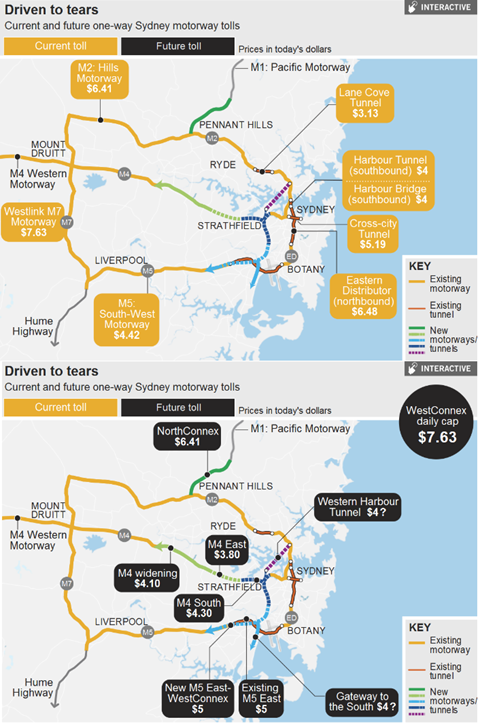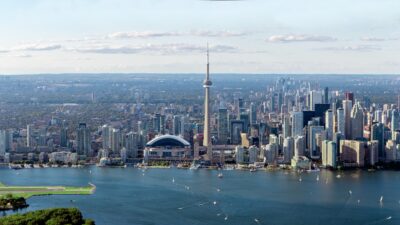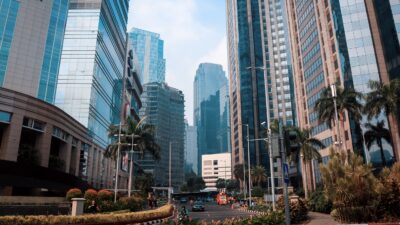
The toll road journey – are we there yet (Part 2)
Toll roads are a short-term, stop-gap solution to fund infrastructure, but they don’t ensure an entirely efficient and equitable road system.
Toll roads in Sydney, Melbourne and Brisbane historically have been a response to governments’ desires to improve infrastructure through participation of the private sector, with this being a solution that could self-finance itself. This served to remove debt from state government accounts while opening up opportunities for private equity and debt, into what are still believed in the main to be attractive commercial investment opportunities. As discussed in part one of this series, toll roads have become a commercial proposition in contrast to a network efficiency solution, so what alternative should the government be providing?
A significant strategic question is whether tolling has served an important role of highlighting the need to have a use-related pricing mechanism for roads (like other utilities such as water, gas and electricity); but specialising the charging regime to a single class of roads amounts to no more than a commercial imperative for investors in contrast to the need to ensure that the road system delivers efficient (and equitable) service levels. This requires government to consider the next step of road pricing reform, in which tolling is seen as nothing more than an important transition strategy to reinforce the merit of user pays. But determining the efficient prices for the entire road network is potentially an order of magnitude more complex than fixing a toll price as part of a business case for commercial appeal into the private equity market in particular. Demand (within certain constraints) should start to influence price as in the US managed lanes; however this experience needs to be generalised to entire networks.
There have been numerous inquiries into the way roads are funded and an increasing recognition that we need to move to a broad based user pays regime for all roads, ideally with variable distance-based pricing in recognition of those who benefit should pay. We know that continues to be out of scope of political agendas even though many politicians espouse it merits, commission inquiries, and then in the main ignore the recommendations. Meanwhile politicians (at least in Sydney, Melbourne and Brisbane) are quite happy to support tolling of specific parts of the network as a short-term, stop-gap mechanism to fund new infrastructure (broadly defined to include upgrades of old infrastructure).
I and colleagues have undertaken research over many years to find ways to get buy in from users that can translate into appealing propositions for politicians (through growing support at the ballot box). One such model for passenger cars in metropolitan Sydney involves halving annual vehicle registration fees, introducing a 5c/km peak period distance-based charge, no such charge in the off peak, while preserving the fuel excise (see Hensher and Mulley 2014 for details). We find that the great majority of motorists are financially no worse off (the hip pocket test), and State Treasury is revenue neutral. Federal government is slightly worse off (financially but not economically) on fuel excise collections as a result of some reduced car use, while the peak traffic levels improve by 6-8 percent. The overall benefits in time savings are substantial (and typically showing a benefit-cost ratio far in excess of building a new road or rail system). This reduction in the amount of traffic is equivalent to the levels of traffic and travel times experienced in school holidays, which we know is greatly improved over other times.
Once buy in is secured and travel time savings demonstrated, the distance based charge can be increased. For example if we increased it by 1c/km (to 6c/km) in the peak, this results in an additional revenue of $4.2bn per annum, more than enough to remove the tolls on existing tolled routes and compensate the toll road operators over the duration of the concession with part of the distance-based revenue raised on the tolled routes (and additional funding if required, although this is unlikely).
In summary, we are where we are today, we know where we want to be in the future; now the key task is to establish what the transition path to network pricing might (or should) look like. This must ensure that the full social welfare benefits of a road network are priced efficiently and offer value for money to tax payers and society more generally. The existing tolled road system has served us well but is not a panacea for a full roll-out of an efficient and effective road network.
Image: Arvin Wiyono
David Hensher is Professor of Management, and Founding Director of the Institute of Transport and Logistics Studies (ITLS): The Australian Key Centre of Teaching and Research in Transport Management in The Business School at The University of Sydney.
Share
We believe in open and honest access to knowledge. We use a Creative Commons Attribution NoDerivatives licence for our articles and podcasts, so you can republish them for free, online or in print.








